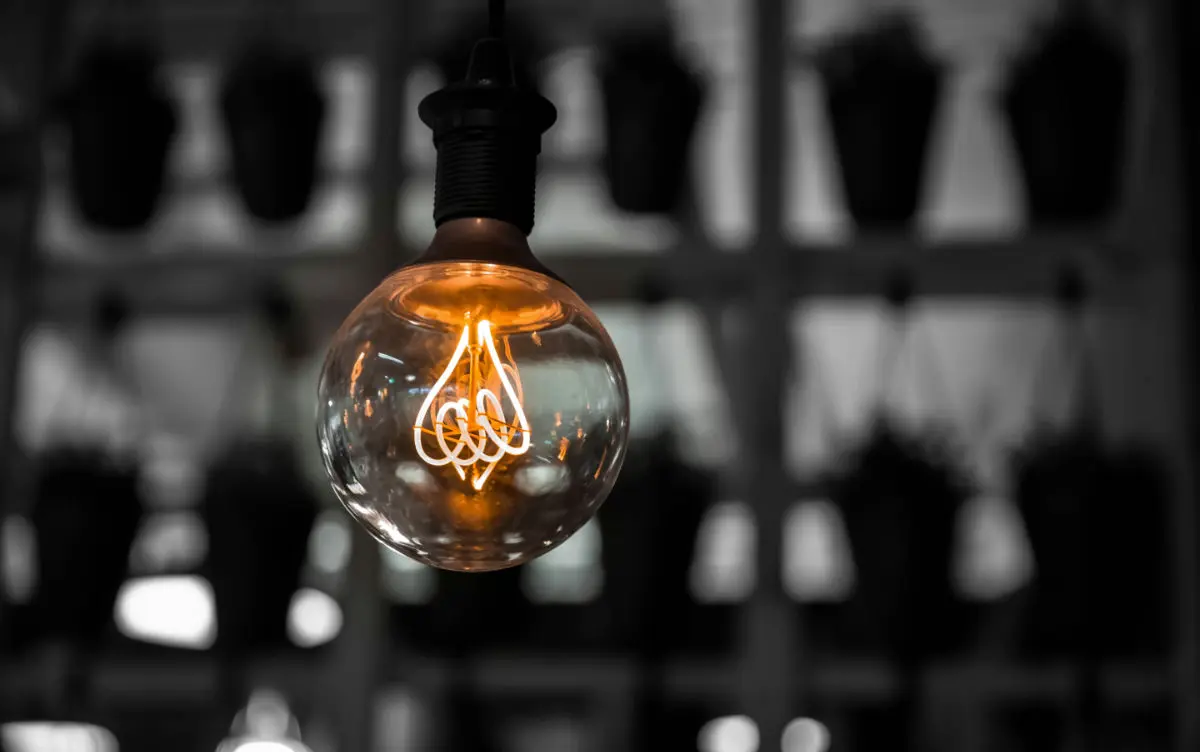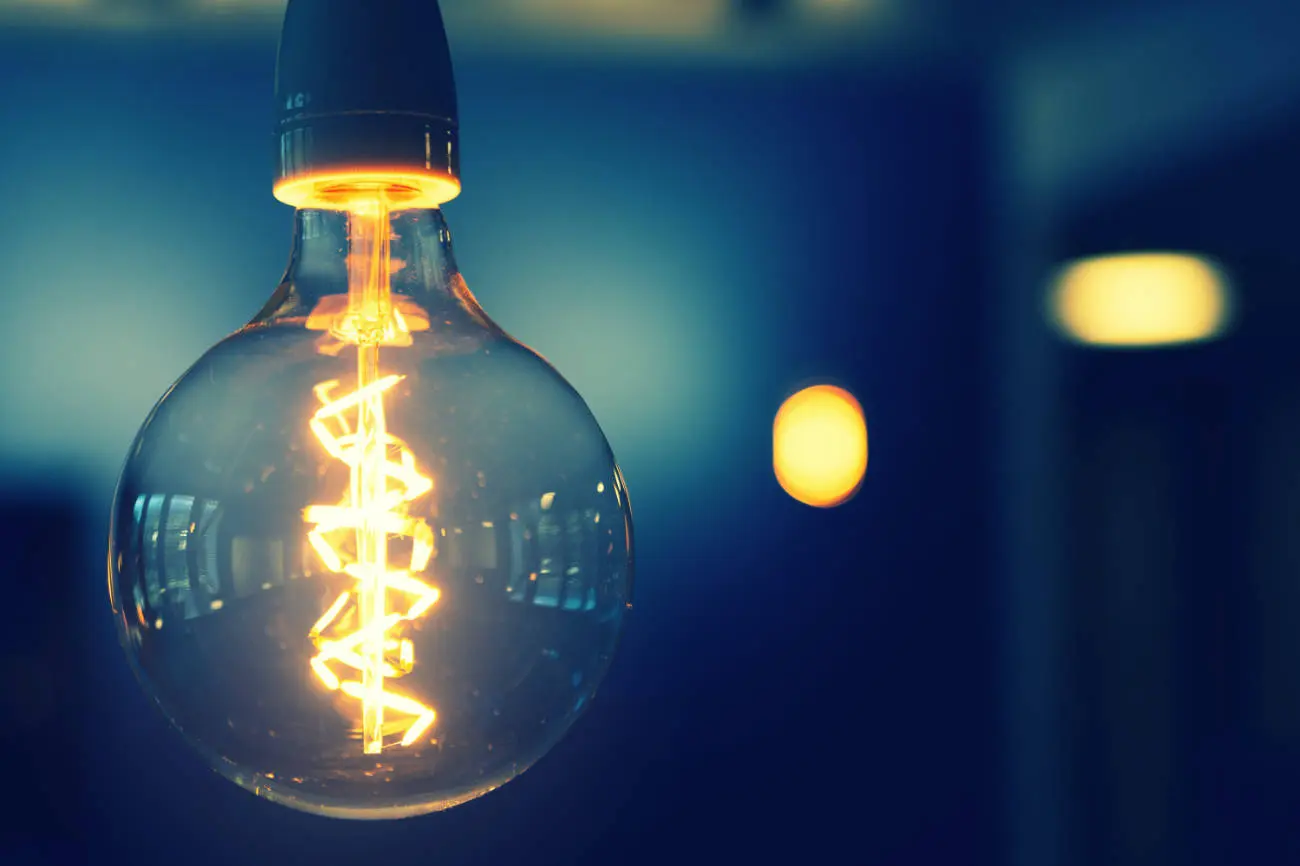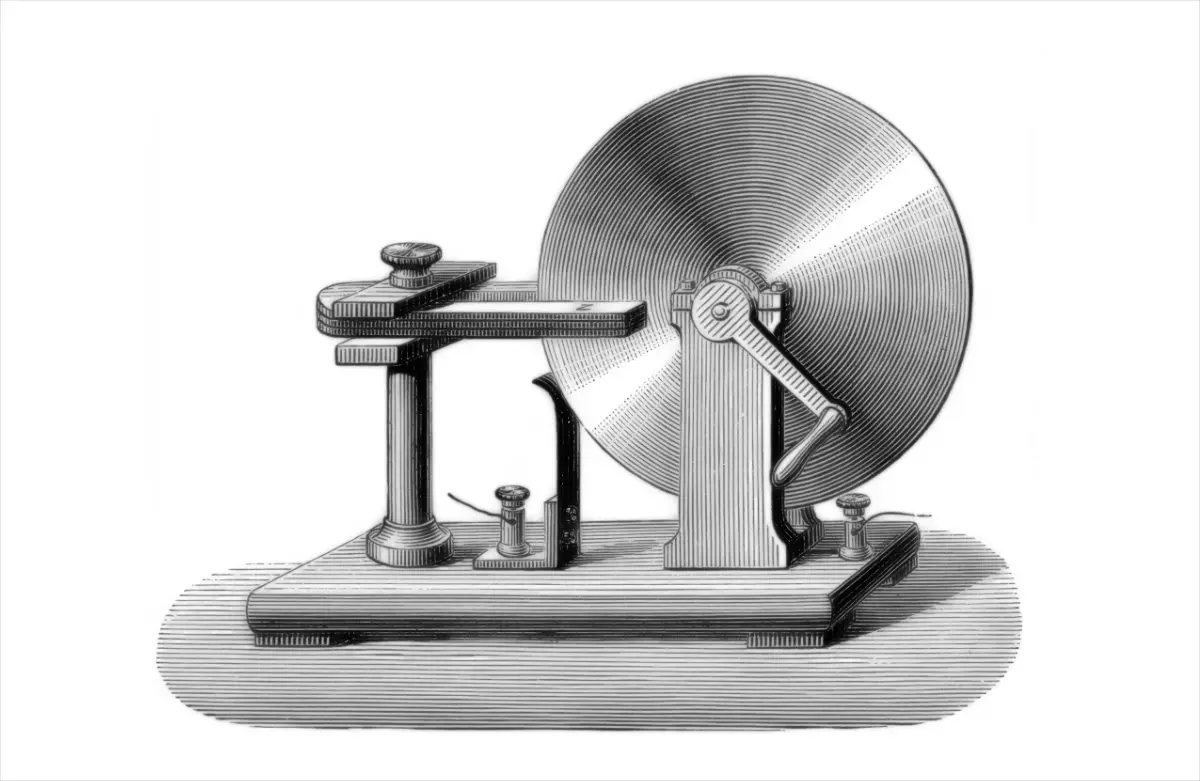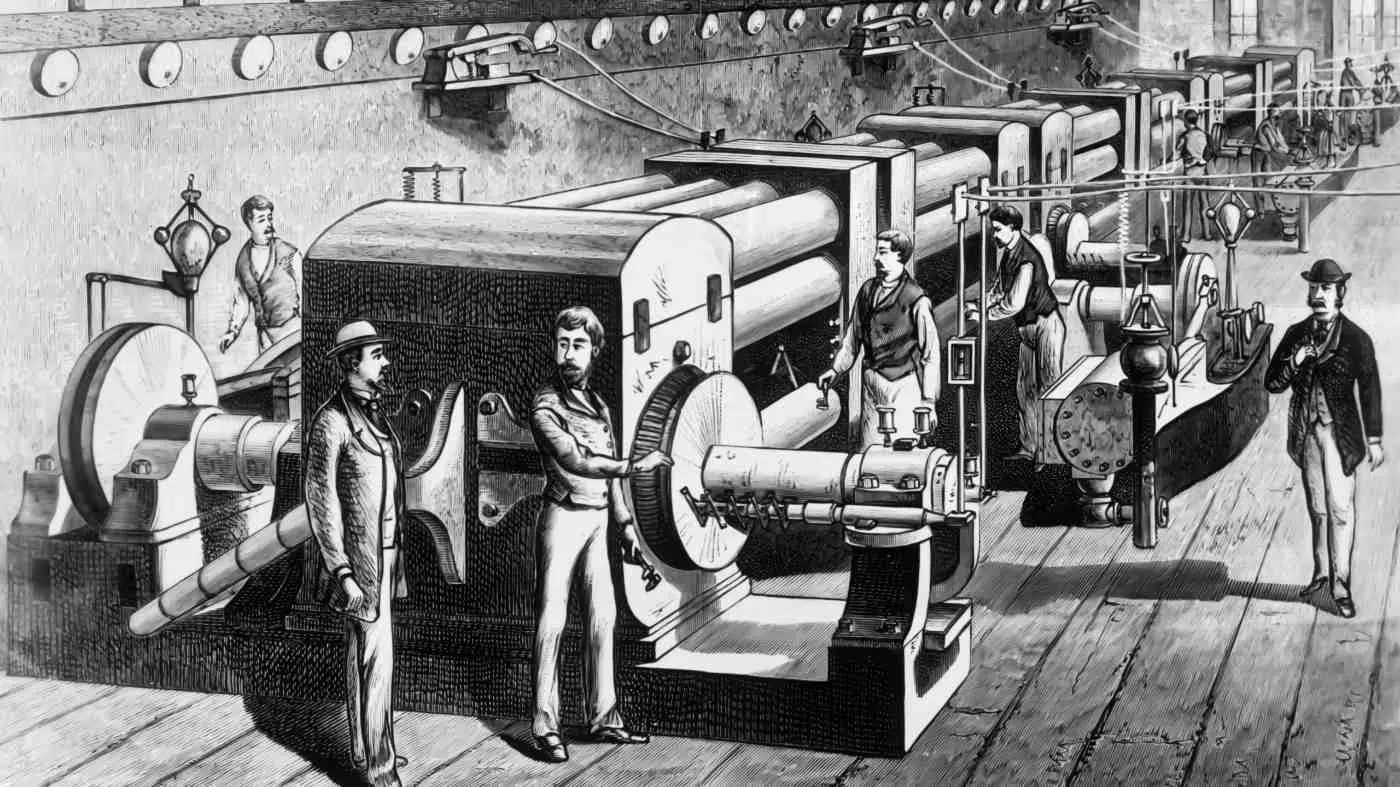Pioneering the Light: The Early Days of Electrification in the United States
Explore the electrification history of Wabash and NYC, led by pioneers Charles F. Brush and Thomas Edison, shaping the modern electric power landscape.

The electrification of cities in the United States marked a transformative period in history, with pioneers like Charles F. Brush and Thomas Edison playing key roles in bringing the marvel of electricity to urban landscapes.
In this blog post, we delve into the stories of Wabash, Indiana, and New York City, exploring the milestones achieved by Charles F. Brush and the Edison Illuminating Company in shaping the electrification landscape.
Wabash, Indiana - The first US city to be electrified:
Wabash, Indiana, holds a significant place in history as one of the first cities in the United States to experience electric lighting. On March 31, 1880, the city witnessed the activation of four electric streetlights, a groundbreaking event facilitated by the ingenuity of Charles F. Brush. The American inventor and entrepreneur developed an arc lighting system employing a dynamo and a series of arc lamps.
The selection of Wabash as the site for this demonstration was strategic. As a small city, Wabash provided a manageable environment for implementing the new and experimental technology at a scale suitable for a public showcase. Brush's successful demonstration illuminated the city streets, marking an early milestone in the adoption of electric lighting in municipal settings.
Charles F. Brush - The Visionary Engineer:
Charles F. Brush, born in 1849, was a prominent American inventor, engineer, and entrepreneur. Notably, he is recognized for his pivotal contributions to the development of electric arc lighting. In 1876, Brush introduced the "Brush Light," an arc lamp utilizing a carbon arc between two electrodes to produce a bright and intense light. This innovation laid the groundwork for practical methods of electrically lighting outdoor spaces.
Brush's entrepreneurial spirit led him to establish the Brush Electric Company in 1880, a venture instrumental in manufacturing and promoting his arc lighting systems. His visionary approach extended beyond electric lighting, encompassing advancements in dynamos and even experiments with wind power for electricity generation in 1888.
While Thomas Edison often takes center stage in the popular narrative of electric lighting development, Charles F. Brush's innovations in arc lighting and electrical generators were fundamental in shaping the early days of electrical engineering. His pioneering work paved the way for the broader adoption of electric power systems in the late 19th century.
Electrification of New York City:
Following Wabash, the electrification wave reached the bustling metropolis of New York City. Thomas Edison and his company, the Edison Illuminating Company, played a pivotal role in bringing electric lighting to parts of the city. On September 4, 1882, the Pearl Street Generating Station, the world's first central power plant for electricity generation and distribution, commenced operations in lower Manhattan.
The Pearl Street station represented a milestone in the widespread use of electric power for urban lighting. Edison's success in New York City catalyzed the rapid adoption of electric lighting in other cities across the United States.
Edison opted for the light bulb instead of the arc lighting system for the electrification of New York.
Thomas Edison opted for the incandescent light bulb over the arc lighting system for various reasons, primarily driven by the bulb's practicality for general lighting purposes. Unlike the intense and directional light produced by arc lamps, Edison's incandescent bulb offered a softer, more diffuse illumination suitable for widespread use in homes and businesses. The arc lighting system, which utilized a continuous electric arc between two electrodes, had limitations in terms of brightness control, efficiency, and maintenance.
Edison's incandescent bulb, introduced in 1879, operated by heating a filament until it emitted light. This design allowed for greater control over the intensity of light, making it more adaptable to various settings. Additionally, the incandescent bulb had a longer lifespan and was easier to maintain compared to the arc lamps, which required frequent adjustment and replacement of electrodes.
Edison recognized the commercial potential of providing a practical and user-friendly lighting solution for the masses. His emphasis on developing a light bulb that could be easily installed, controlled, and maintained contributed significantly to the widespread adoption of electric lighting, ultimately shaping the trajectory of the electrical industry and urban infrastructure in the late 19th century.
The Edison Illuminating Company - Pioneering Centralized Power Systems:
Founded by Thomas Edison in 1880, the Edison Illuminating Company played a crucial role in the electrification of U.S. cities. The company's contributions were multi-faceted:
- Pearl Street Generating Station: The Edison Illuminating Company established the Pearl Street Generating Station in New York City, a groundbreaking facility that began operating on September 4, 1882. This centralized power plant used coal-fired steam engines to drive generators, producing direct current (DC) electricity for widespread commercial use.
- Commercial Electricity Service: The Pearl Street station provided commercial electric power to customers in a square-mile area of lower Manhattan. The Edison Illuminating Company demonstrated the feasibility of delivering electric power to businesses and residences on a larger scale.
- Expansion to Other Cities: The success of the Pearl Street station model prompted the Edison Illuminating Company to expand its operations to other major cities such as Boston, Philadelphia, and Chicago. This expansion contributed significantly to the spread of electric lighting in urban areas.
- Standardization of Equipment: Edison's company played a crucial role in standardizing electrical equipment, including generators, transformers, and incandescent lamps. This standardization fostered a more uniform and interoperable electrical infrastructure, facilitating the growth of the electric power industry.
- Advancements in Electrical Technology: Under Thomas Edison's leadership, the Edison Illuminating Company continued to advance electrical technology. Edison's work on developing practical incandescent light bulbs and improvements in electrical distribution systems played a pivotal role in making electric lighting a viable and reliable option for both urban and suburban areas.
- Formation of Utility Companies: The success of the Edison Illuminating Company and similar ventures led to the formation of electric utility companies across the United States. These companies played a crucial role in building and maintaining the infrastructure necessary for the widespread distribution of electricity to homes and businesses.
Conclusion
The electrification of Wabash, Indiana, and New York City stands as a testament to the visionary contributions of pioneers like Charles F. Brush and Thomas Edison. Their innovative approaches to electric lighting, centralized power generation, and distribution laid the foundation for the modern electric power industry. As we bask in the convenience of electricity today, it's essential to acknowledge and appreciate the groundbreaking work of these early trailblazers who illuminated the path toward a brighter, electrified future.





